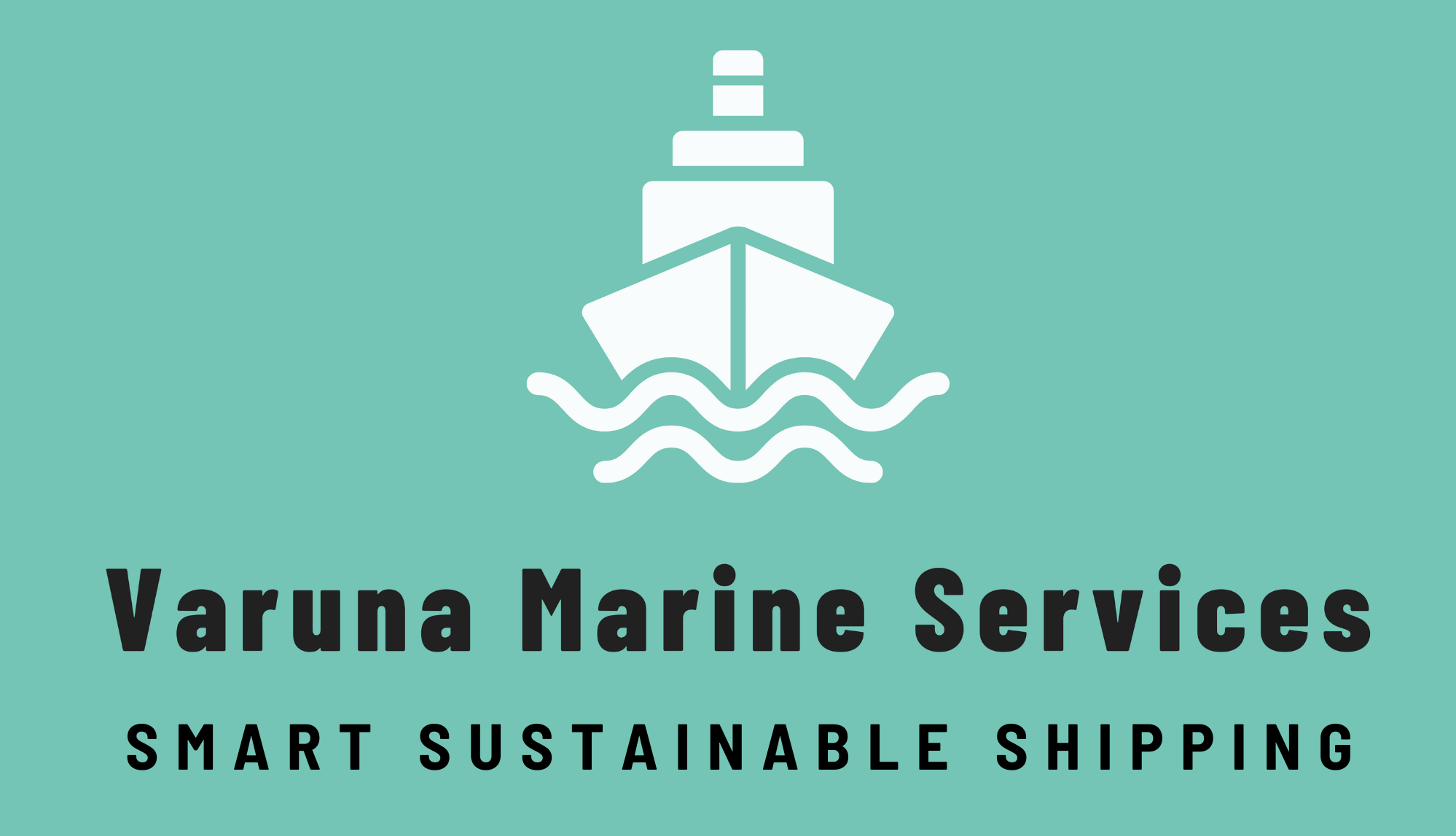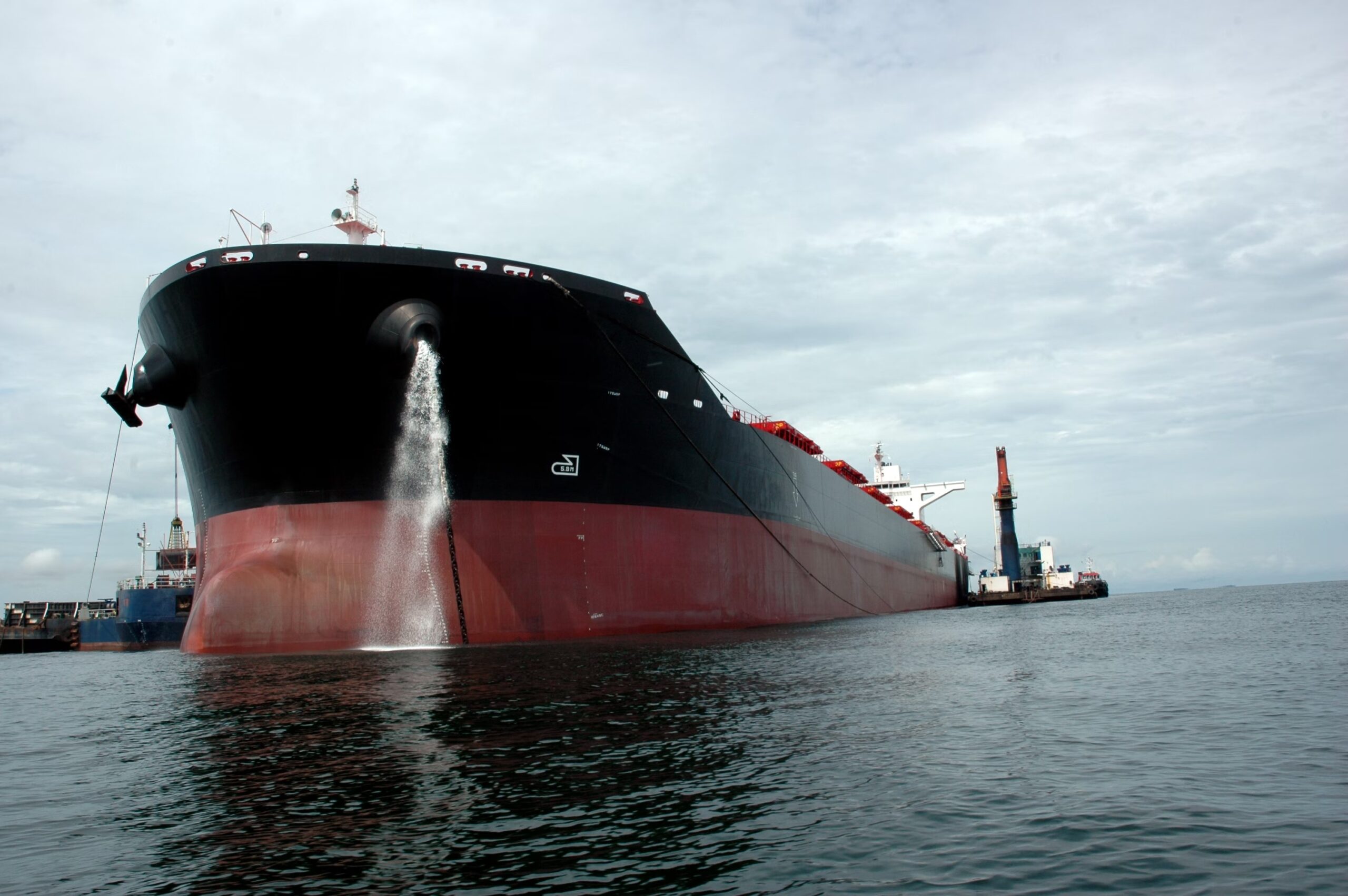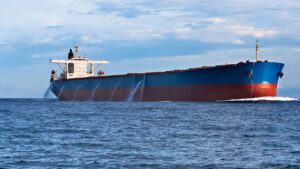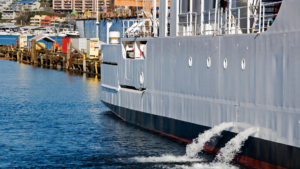Vessels sailing in US waters must comply with the US maritime regulations on ballast water discharge and exchange, essentially as the US is not a signatory of the Ballast Water Management (BWM) Convention.
This means that if your ship(s) uses a Ballast Water Treatment System (BWTS) and you call port in a US port, you must have your Vessel General Permit. As part of the VGP, you need periodic testing of your Ballast Water. Not having your VGP in place, means you may receive a fine by the USCG.
The current Vessel General Permit (VGP) or VIDA regulations require regular compliance testing which is enforced by the EPA (Environmental Protection Agency). The main aim here is reduce the environmental impact of discharges, such as ballast water, that are incidental to the normal operation of commercial vessels and establishes a framework for the regulation of discharges incidental to the normal operation of a vessel under a new Clean Water Act (CWA) Section 312(p).
Ballast water compliance legislation in the US includes regulations relates to:
- the Vessel Grant Permit for discharges incidental to the normal operation of vessels (VGP) set by the United States Environmental Protection Agency (US-EPA) in 2013,
- the ballast water regulations set by the USCG; and lastly,
- the Ballast Water Management Convention from the International Maritime Organization (IMO)
IN WHICH WATER DO THE VGP REQUIREMENTS APPLY?
On 19 December 2013, the revised Vessel General Permit (VGP) was issued by the Environmental Protection Agency (EPA) in the United States of America. The VGP mandates the use of Environmentally Acceptable Lubricants (EALs) in all oil-to-water interfaces (e.g. stern tube seals, thruster seals) on all merchant vessels of 79 feet or longer that are sailing in US coastal and inland waters.
The US EPA requires vessels sailing in US coastal and inland waters to have a VGP, which will be checked by the US Coast Guard. Samples must be taken as per Table 1 from the effluents:
- Ballast water
- Bilgewater / oily water separator
- Graywater
- Scrubber water

Monitoring data must be submitted to the EPA once per year before February 28th of the year after data are collected.
The US EPA requires vessels to test the ballast water discharge twice per year unless the sampling results are within permit limits for two consecutive events. In that case, monitoring may be reduced to once per year.
Discharge samples for VGP testing may be taken by the crew of the ship, if the crew is properly trained and the sampling is well documented. Samples must be analyzed by an accredited laboratory. Biological samples containing living material must be analyzed within 8 hours after sampling.
How can we help?
Varuna Marine Services B.V. can carry out VGP test as per requirement of USCG and EPA 2013.
As Class approved service supplier, we ensure maximum cost effectiveness and solid deliverables in terms of manpower and testing.



